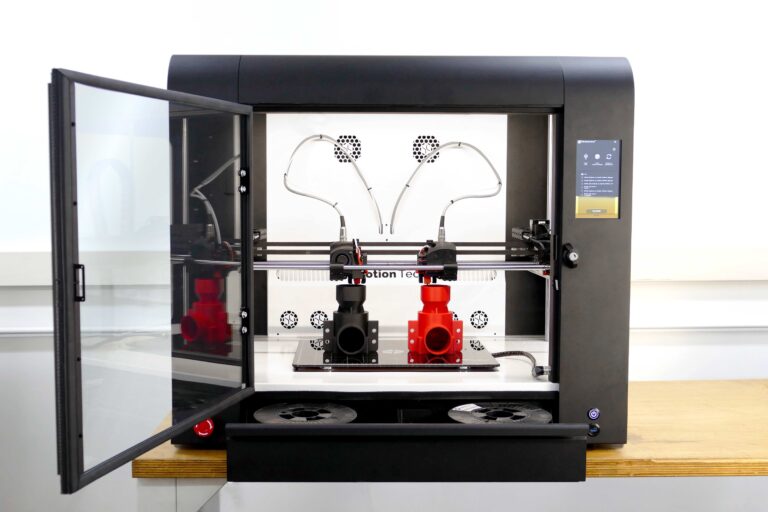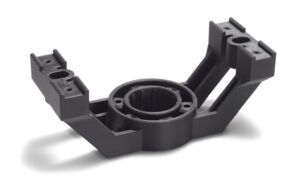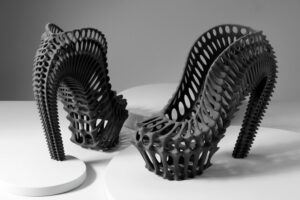A Guide to 3D Printing Technologies
3D printing technology has revolutionized the manufacturing industry, providing new opportunities and possibilities. Several different types of 3D printing technologies are available, each with its unique set of advantages and disadvantages. This blog post will explore three of the most popular 3D printing technologies and outline their pros and cons.
Fused Deposition Modeling (FDM)
Fused deposition modeling is the most widely used type of 3D printing technology. FDM works by heating thermoplastic filament into liquid form and then extruding it layer-by-layer onto a platform until the desired object is created. The main advantage of FDM is that it is relatively inexpensive compared to other types of 3D printing technology, making it an attractive option for businesses on a budget. However, FDM can be slow compared to other 3D printing technology, and the objects produced tend to have lower resolution than those printed with other methods.
Stereolithography (SLA) 
Stereolithography is another type of 3D printing technology commonly used in manufacturing. SLA uses light to cure liquid resin into solid objects layer-by-layer until the desired shape is achieved. One of the main advantages of SLA is that it produces high-resolution objects with intricate details that are impossible with other types of 3D printing technologies. However, SLA can be expensive compared to other methods, making it a less attractive option for businesses on a budget.
Selective Laser Sintering (SLS)
Selective laser sintering is one of the more advanced forms of 3D printing technology. SLS uses lasers to selectively heat powder material into solid objects layer-by-layer until the desired shape is achieved. The main advantage of SLS is that it produces highly complex parts with a good surface finish at relatively fast speeds compared to other types of 3D printing technologies. However, SLS can be very expensive due to its use of specialized equipment and materials, making it an unattractive option for businesses on a tight budget.
Many different kinds of 3D printing technologies are available today, each with its own advantages and disadvantages. Fused deposition modeling (FDM) offers affordability but slower speeds; stereolithography (SLA) provides high-resolution prints but at higher costs; and selective laser sintering (SLS) produces detailed parts quickly but also at a higher price than other methods. With so many options available, you should carefully consider which type best meets your business needs before investing in any 3D printer or software package. You can find the perfect fit for your business’s goals and expectations with careful consideration and research!




